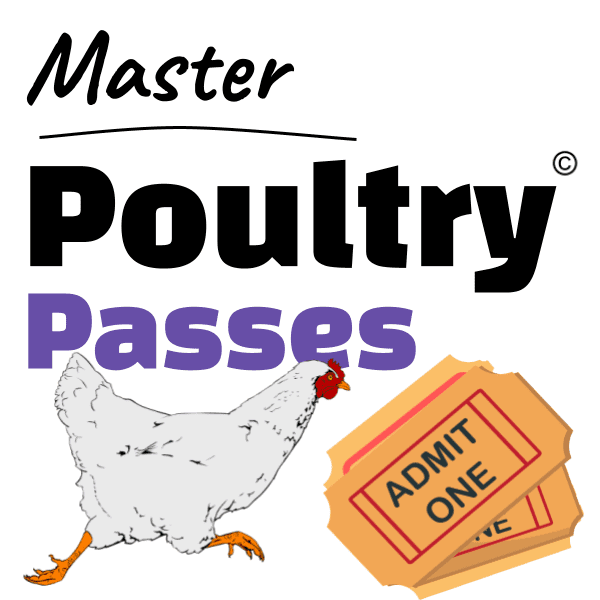Case study: Your broiler farm is keen to break through a resistance barrier in performance. Having consulted with your management, you concede that the only way to overcome your current inability to improve performance is to keep better business records. From this, you’re confident that the evidence base will drive better decision-making, leading to your desired outcome.
Speaking amongst your team members, you identify that the key benefit of improved poultry farming records will be better strategic visibility. Knowing where you are going.
Currently, your business records manual notes. And the practice is ad-hoc, performed by a variety of staff members.
You decide that this approach leads to error and inconsistency. The decision is to migrate all manual notes and records to a central knowledge base system. And to tighten the controls over input, beginning with appointing a dedicated records manager and input personnel. Along with this you issue a request to draft standard operating procedures for record taking and management.
Tendering for your choice record management system or software has already begun and through this you have shortlisted preferred software vendors.
Through communications with software providers you obtain tried and tested record templates which other farms have successfully implemented.
Along with this, software providers have also contributed case studies for your attention to prepare you and your team with real-life examples of best practice.
With such radical change to your record-keeping practices, you acknowledge also the need for routine scheduling of record-keeping activities.
Also, you shortlist KPIs for benchmarking against breeder genetic potential and best-in-class peers. You plan to track and monitor metrics such as:
- mortaliity
- flock uniformity (by weight)
- ammonia levels
- feed consumption
- relative humidity and temperature
- light intensity
The expectation is that this record-keeping improvement will lead to financial benefits, justifying the investment made against a quantifiable ROI (return on investment).
Improved digital record keeping also means better biosecurity, decreasing rates of mortality. And a tighter handle on feed conversion ratio, key operational profitability marker.
Also, batch to batch, with improved recordkeeping you’ll be able to monitor performance across subsequent rounds of production.
Finally, digitised poultry farm records grants an accurate and convenient method for communicating on performance with stakeholders.
How do you successfully implement the transition from handwritten notes to digital notes?
Is there a tried and tested process?
What are the potential pitfalls?
Share your thoughts…or join the course.

Leave a Reply